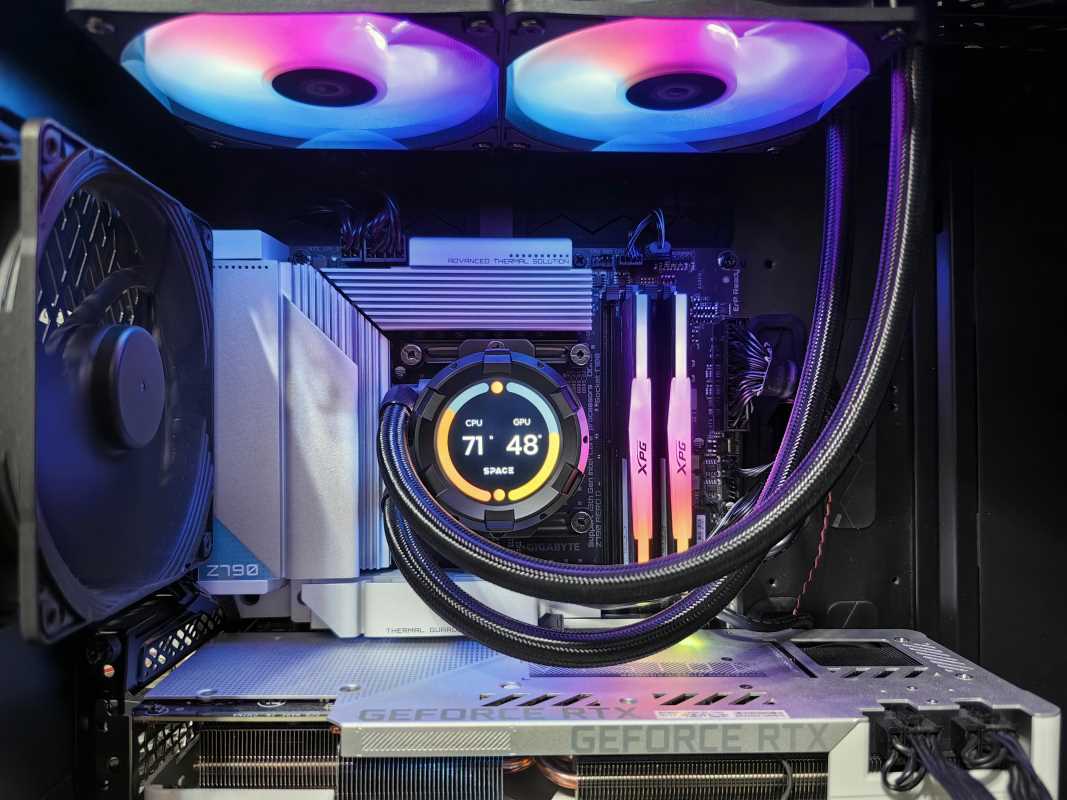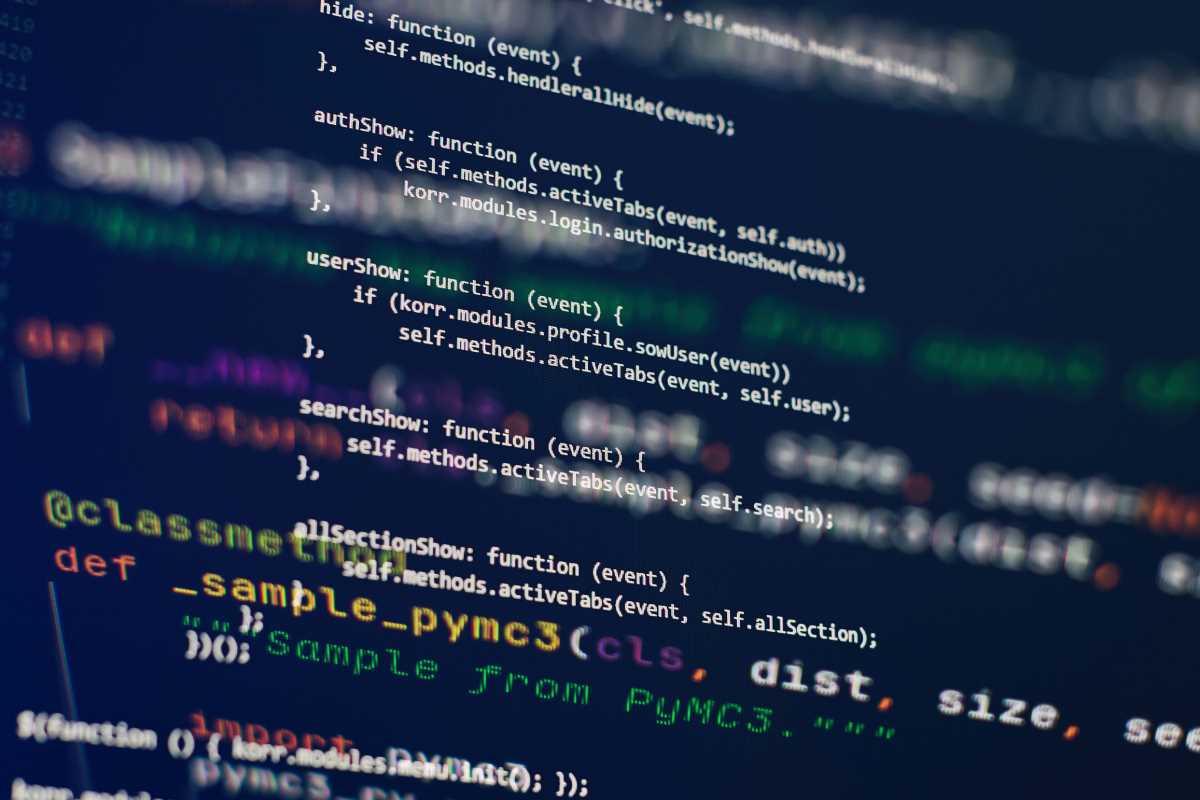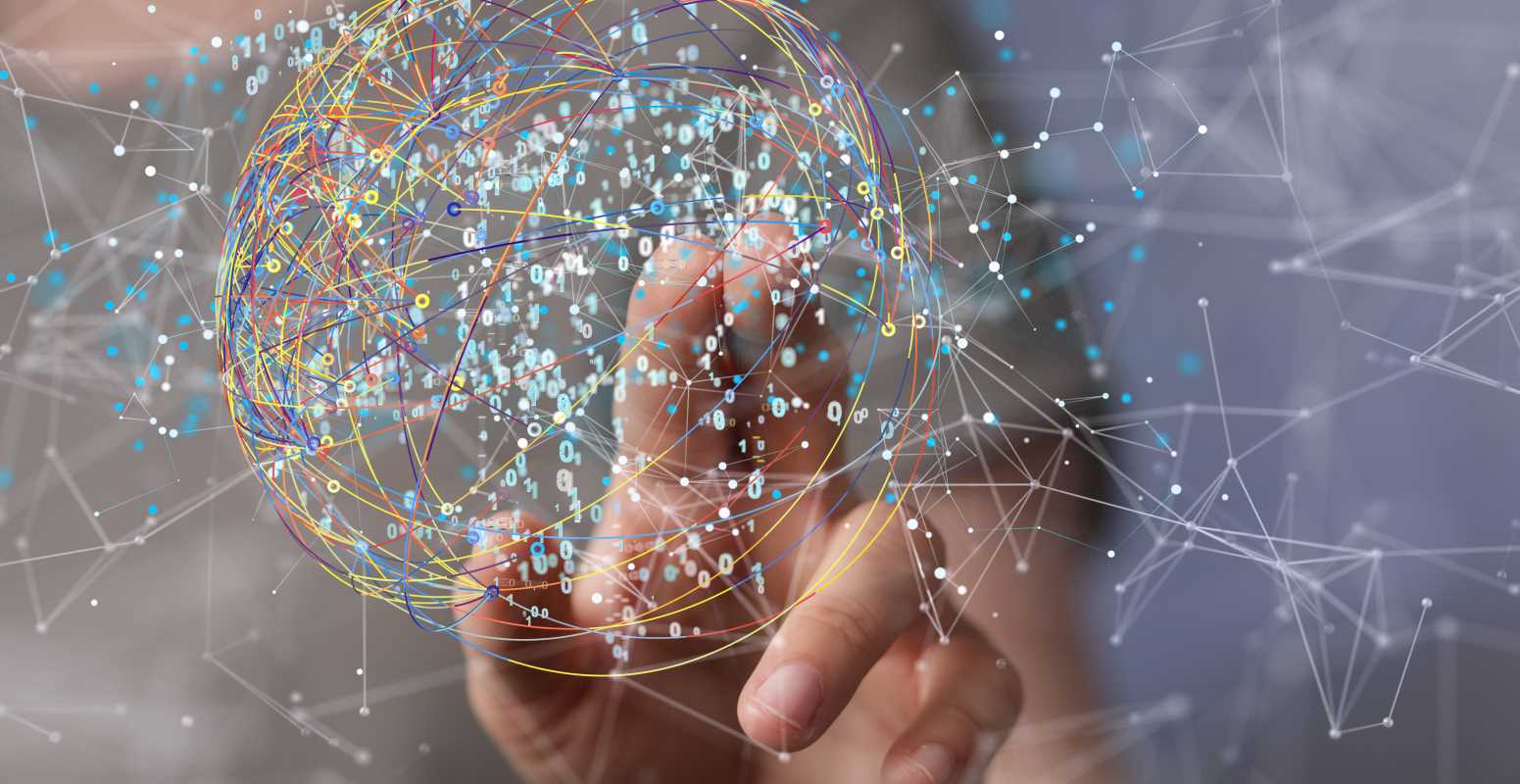Every moment, vast amounts of data flow in, and the capability to swiftly analyze this information as it arrives has become essential for numerous industries. The magic of GPU acceleration comes into play, allowing for the rapid processing of extensive datasets. This technology empowers businesses and researchers to make well-informed decisions with remarkable speed. By harnessing the power of Graphics Processing Units (GPUs), the process of real-time data analysis not only becomes quicker and more reliable but also expands in scale to meet growing demands. This advancement transforms how information is utilized, leading to smarter outcomes and more agile responses to changing conditions.
Understanding GPU Acceleration
GPU acceleration uses the parallel processing capabilities of GPUs to handle complex computations much faster than traditional Central Processing Units (CPUs). Originally designed to render images and graphics, GPUs excel at performing multiple calculations simultaneously, making them ideal for data-intensive tasks.
- Parallel Processing: GPUs consist of thousands of smaller cores that can perform calculations concurrently, significantly speeding up data processing tasks.
- High Throughput: The architecture of GPUs allows for high data throughput, enabling the rapid handling of large volumes of information.
- Energy Efficiency: GPUs deliver superior performance per watt compared to CPUs, making them more energy-efficient for intensive computing tasks.
- Scalability: GPU acceleration can scale with the demands of data analysis, allowing systems to handle increasing amounts of data without a proportional increase in processing time.
The Role of GPUs in Real-Time Data Analysis
In real-time data analysis, the speed at which data processes is paramount. GPUs enhance this process by accelerating the computation of large datasets, enabling immediate insights and actions. Whether monitoring financial transactions for fraud, analyzing sensor data in smart cities, or processing user interactions on social media platforms, GPU acceleration ensures that data analyzes as it generates, maintaining up-to-the-minute accuracy.
For instance, in the field of GPU data analytics, GPUs can handle complex queries and machine learning algorithms much faster than CPUs alone, allowing for real-time decision-making and responses.
Benefits of GPU Acceleration
- Enhanced Performance: GPUs can process data orders of magnitude faster than CPUs, reducing the time required for data analysis from hours to minutes or even seconds.
- Cost Efficiency: By speeding up data processing, organizations can reduce the need for extensive computational resources, lowering operational costs.
- Improved Accuracy: Faster processing enables more complex models and larger datasets to analyze, leading to more accurate and reliable results.
- Real-Time Insights: With the ability to process data instantly, businesses can react to trends and anomalies as they occur, maintaining a competitive edge.
- Flexibility: GPU-accelerated systems can adapt to various data types and analytical methods, providing versatility across different applications.
Challenges and Considerations
Despite its advantages, implementing GPU acceleration presents several challenges. One of the primary considerations is the cost associated with high-performance GPUs, which can be substantial for smaller organizations or projects. Optimizing software to fully utilize GPU capabilities requires specialized knowledge and expertise, potentially increasing development time and complexity.
Another challenge involves ensuring compatibility between GPU hardware and existing systems. Integrating GPUs into existing infrastructure may necessitate upgrades or modifications, which can disrupt operations and incur additional expenses. Furthermore, data security and privacy need careful management, especially when handling sensitive or proprietary information in GPU-accelerated environments.
Future of GPU Acceleration
The future of GPU acceleration looks promising, with advancements in hardware and software continually enhancing its capabilities. Innovations such as real-time processing are set to revolutionize how data analyzes and utilizes. As GPU technology evolves, we can expect even greater speeds, improved energy efficiency, and broader applications across various fields, from artificial intelligence and machine learning to scientific research and beyond.
The integration of GPUs with emerging technologies like quantum computing and neuromorphic engineering will unlock new possibilities for data analysis, enabling solutions to problems that are currently beyond reach. This synergy will drive the development of more intelligent and autonomous systems, further cementing the role of GPU acceleration in real-time data analysis.
GPU acceleration is set to play an increasingly vital role in real-time data analysis, offering unmatched speed, scalability, and efficiency to meet growing data demands.
 (Image via
(Image via



.jpeg)

